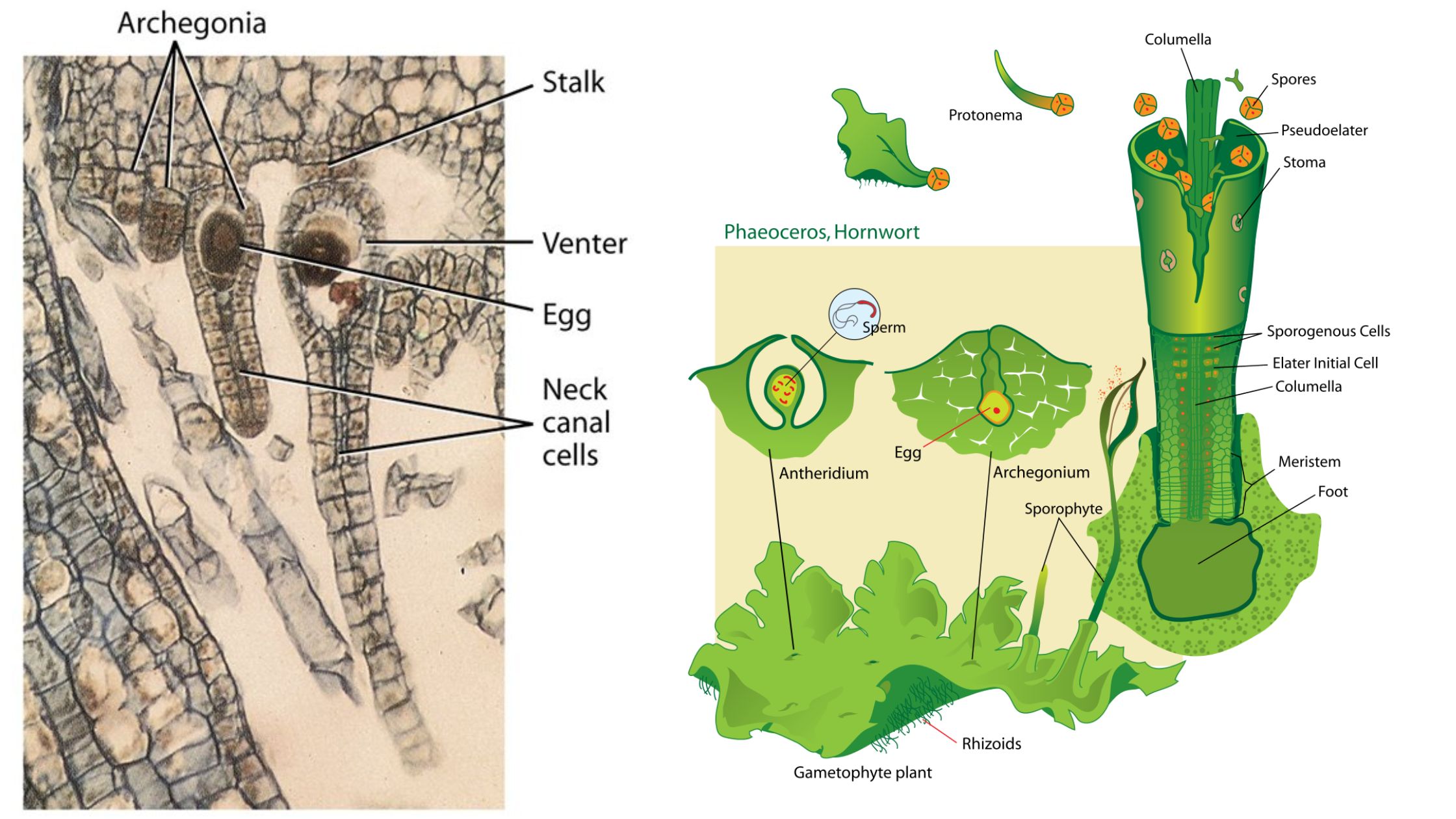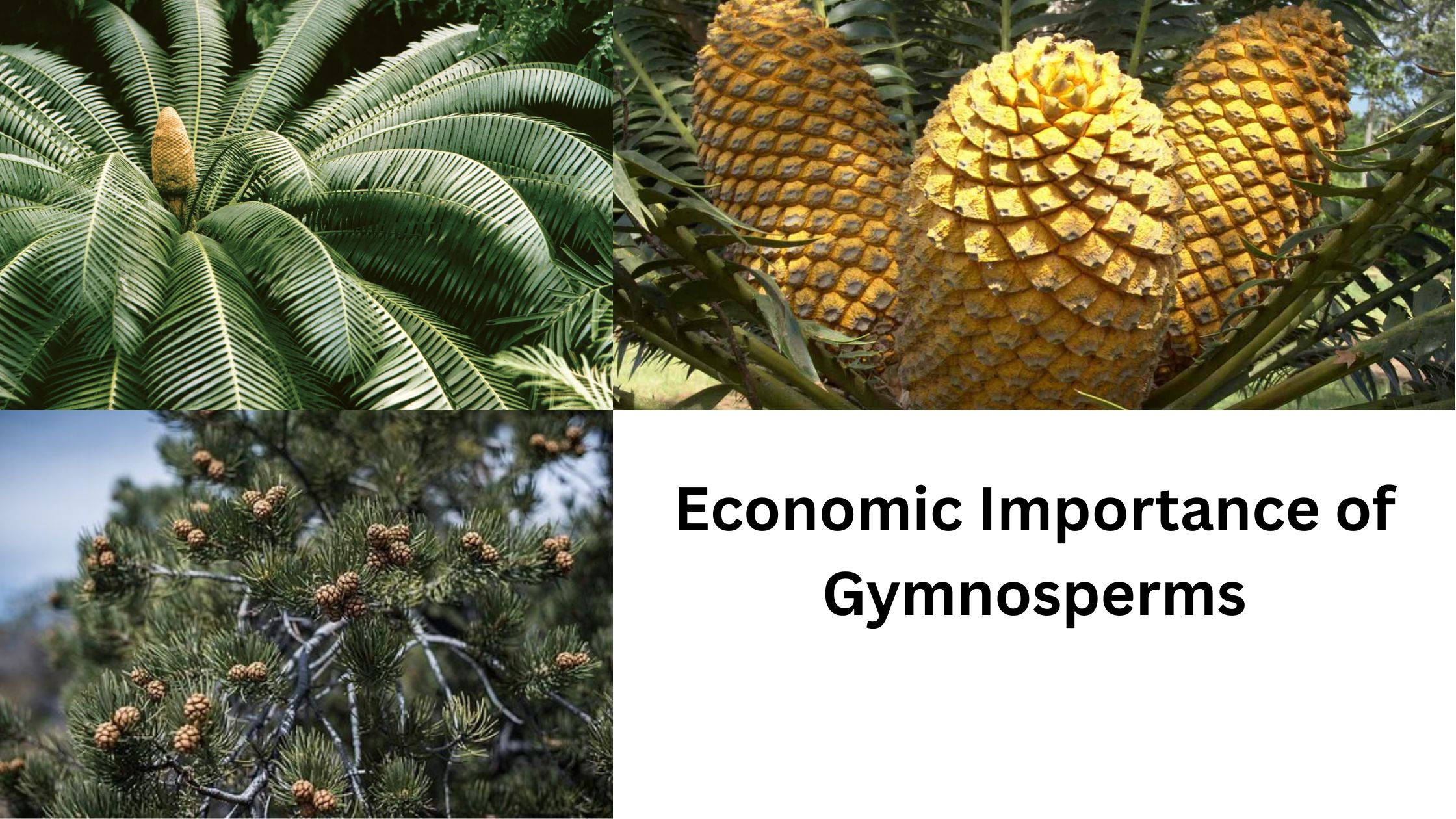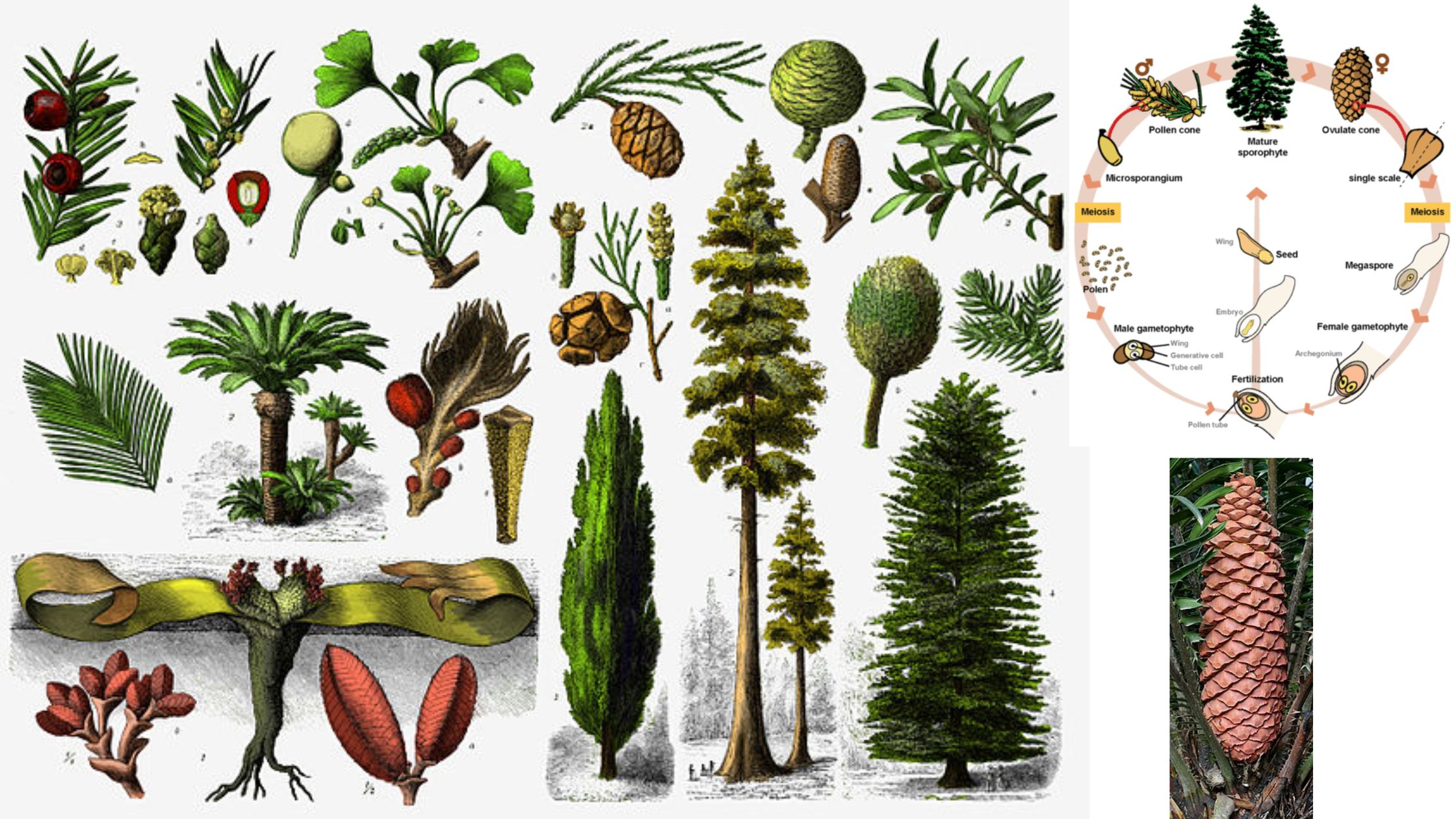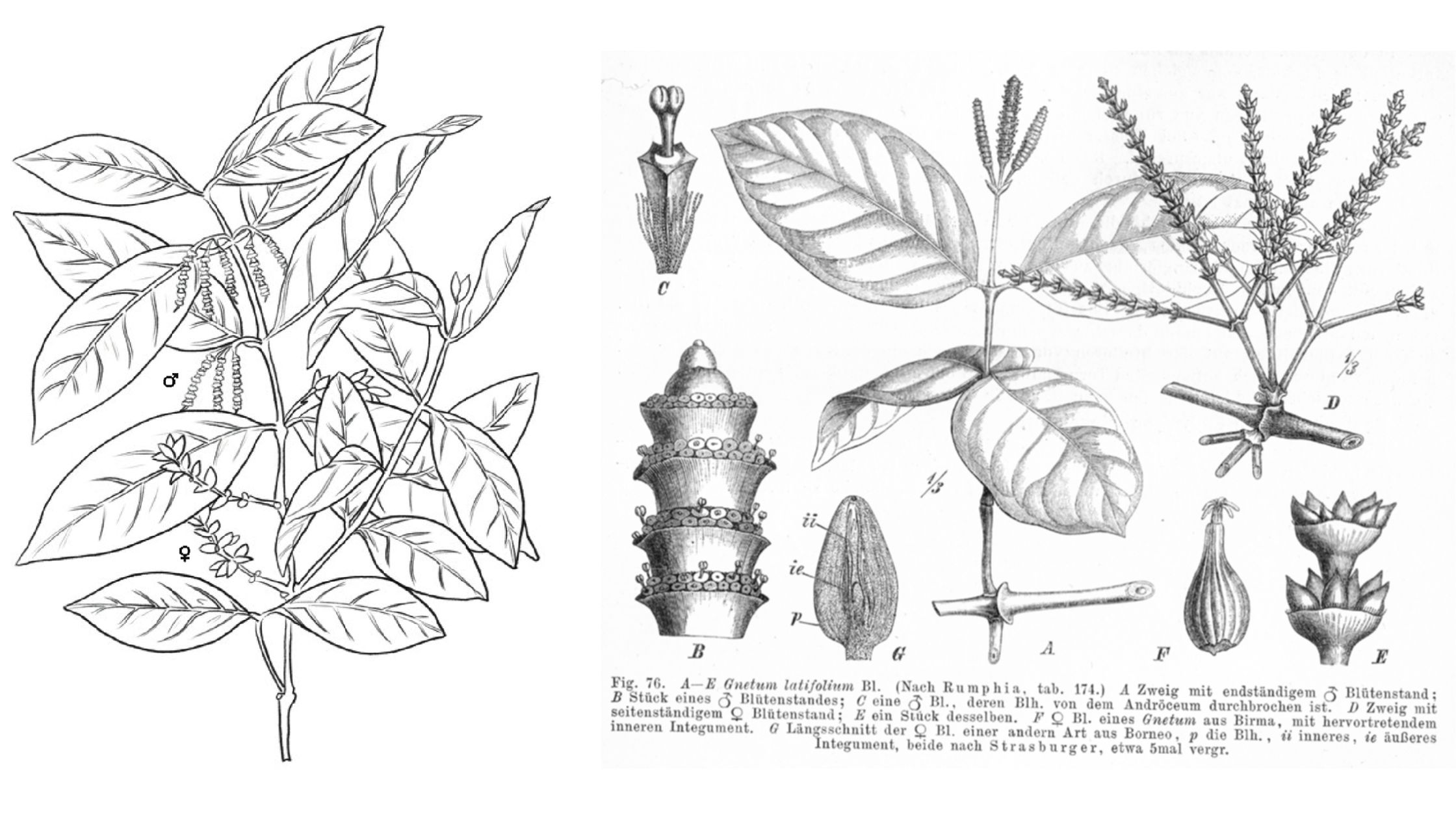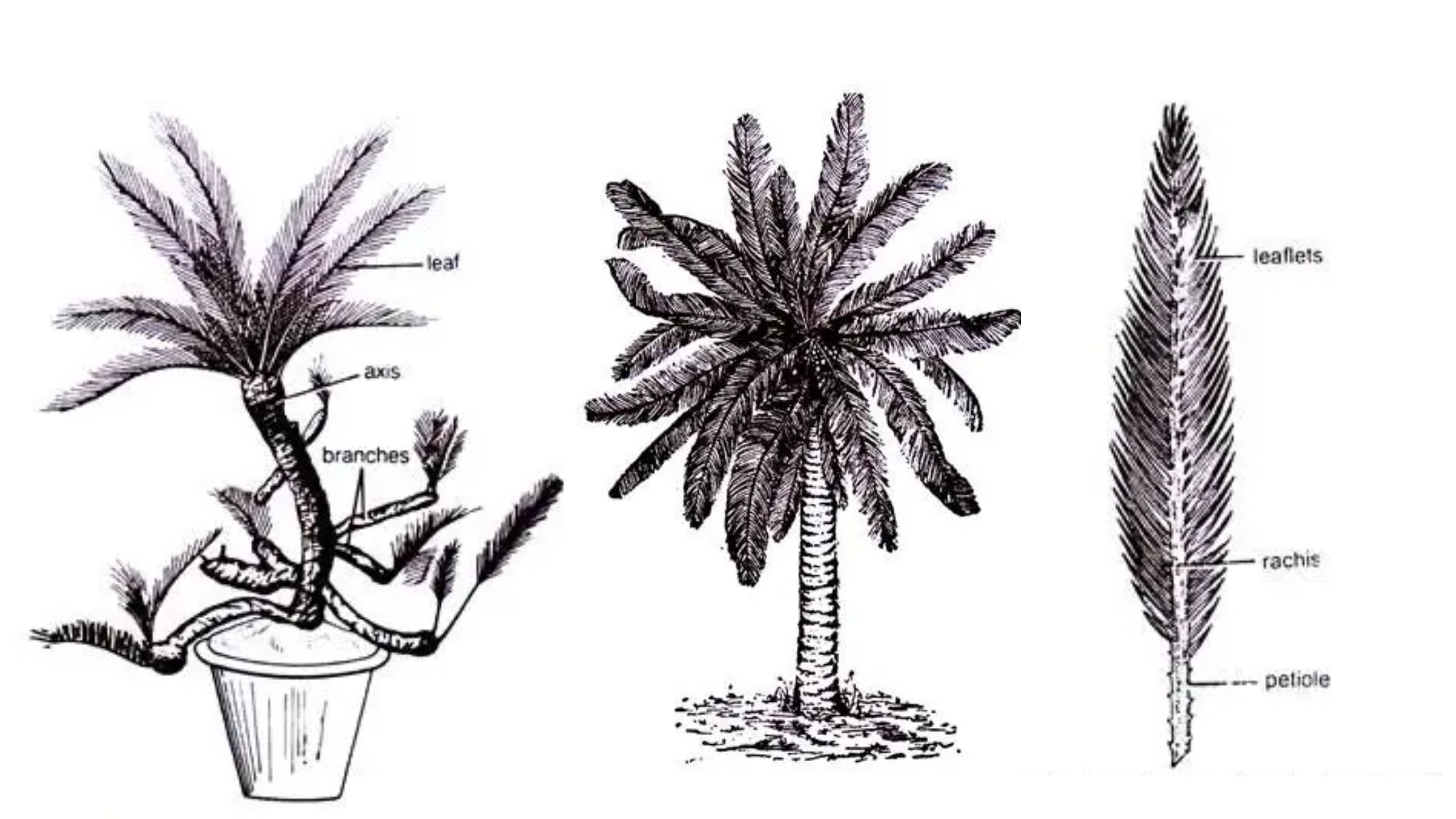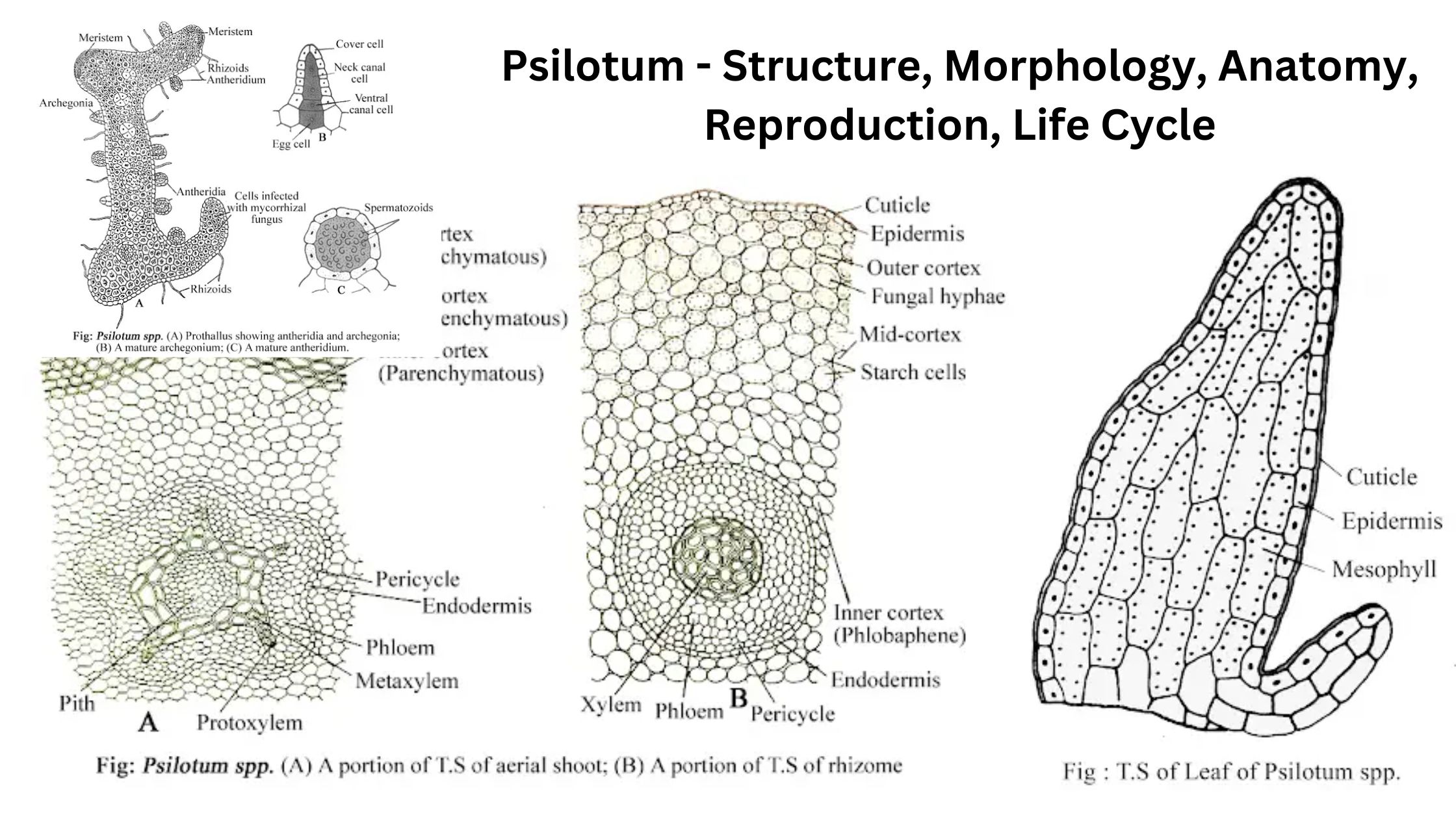Archegoniate – Unifying features of archegoniates, Transition to land habit, Alternation of generations
What is Archegoniate? Archegoniate is the group of plants in which the female sex organ called archegonium is present. It is a multicellular flask-shaped structure that is formed during the gametophyte phase, and it is the place where the ovum is produced and retained. It is the outer jacket layer of sterile cells that protect … Read more
